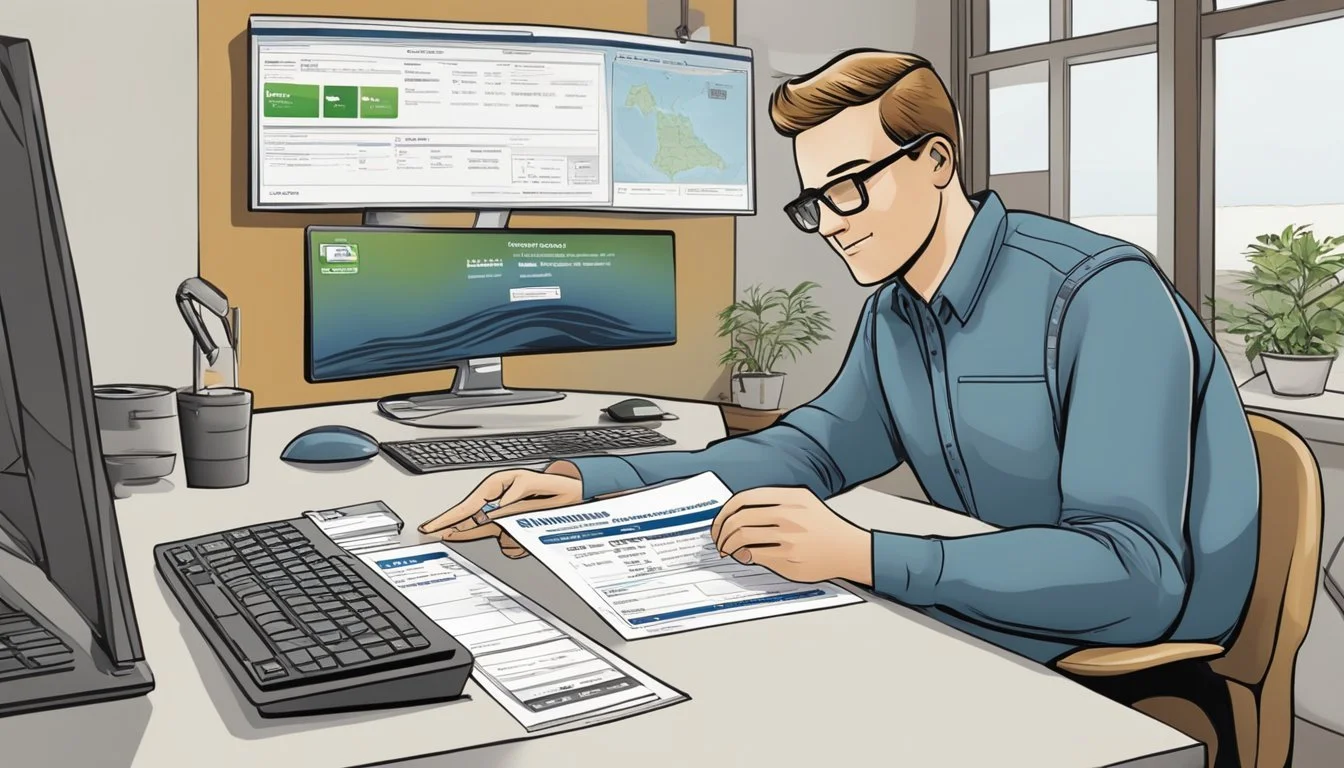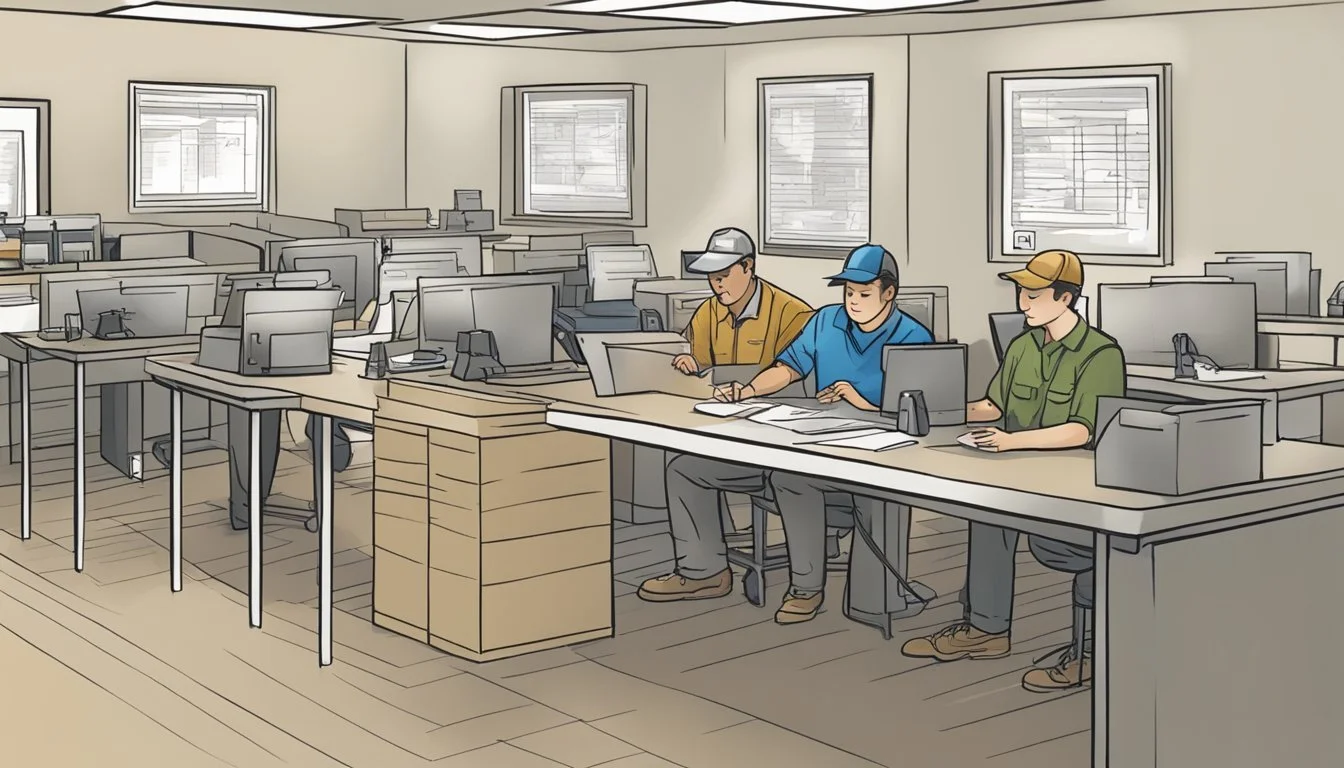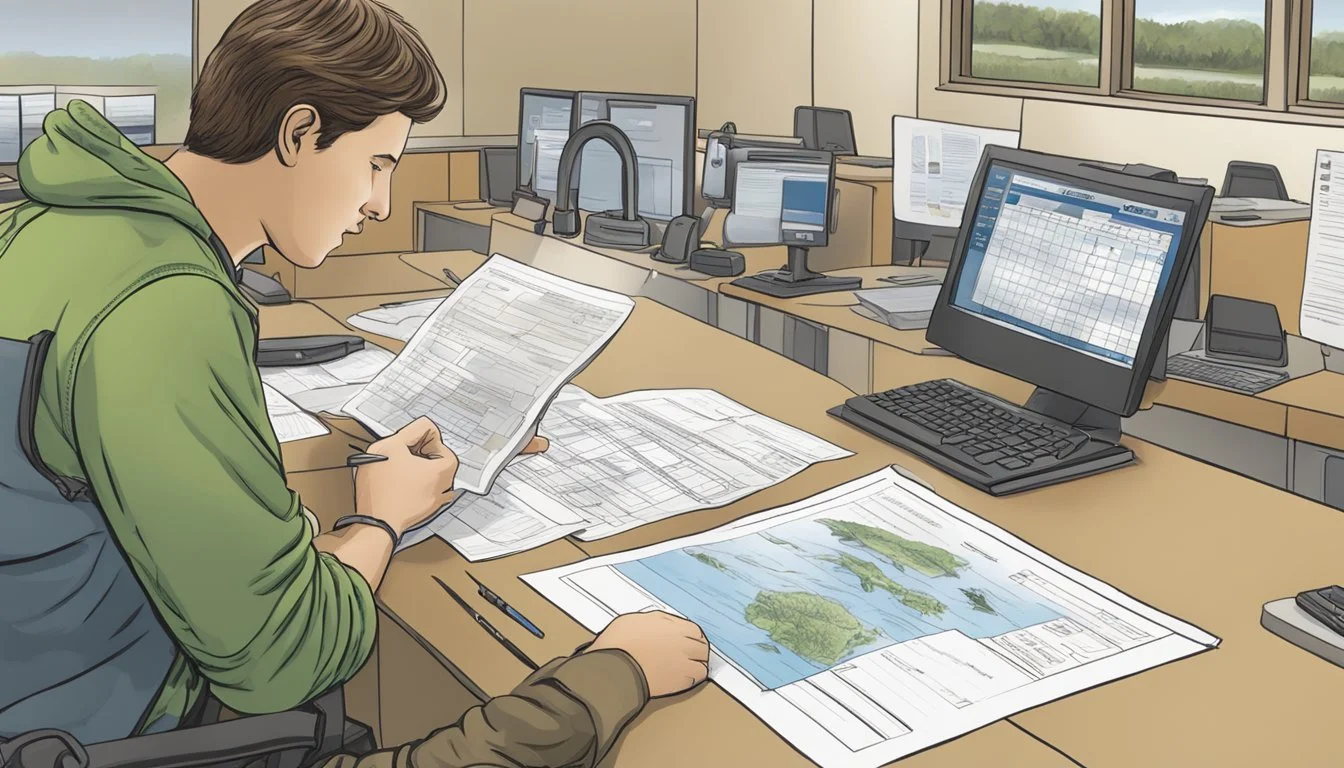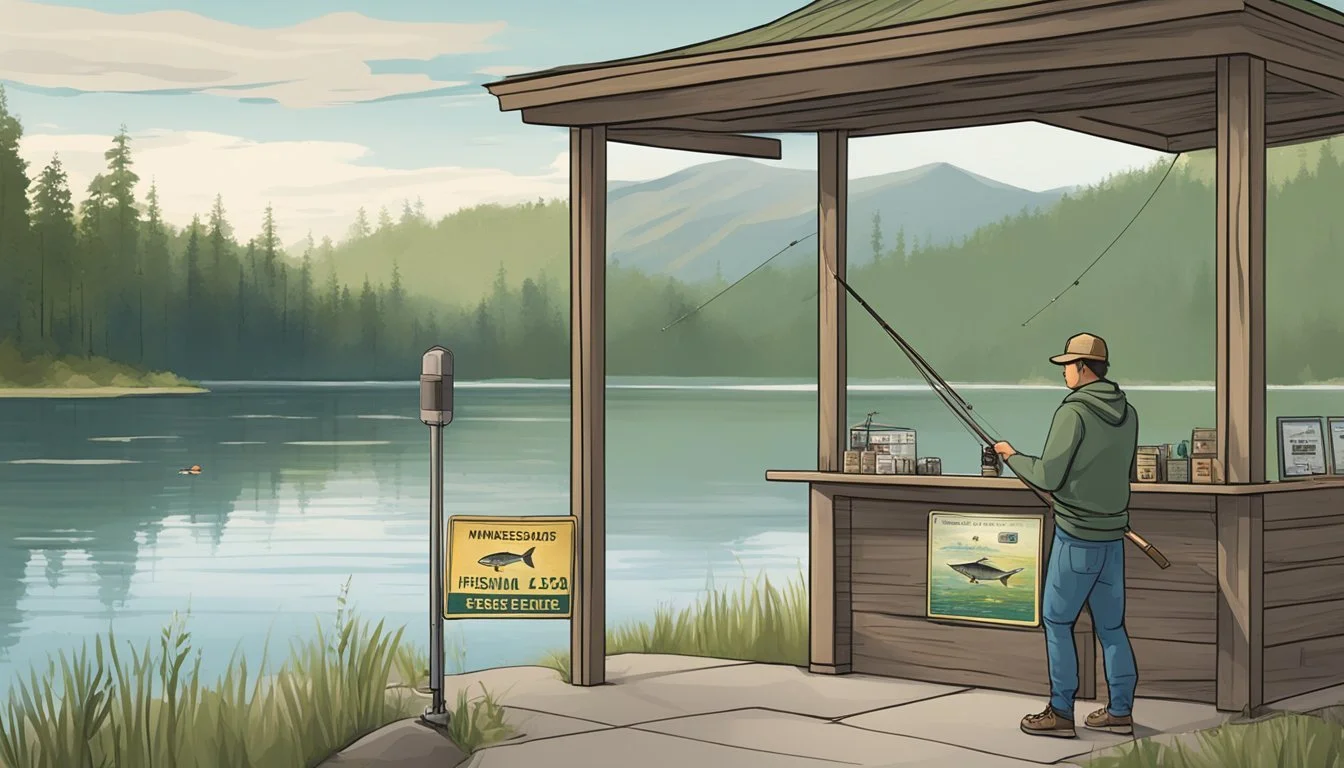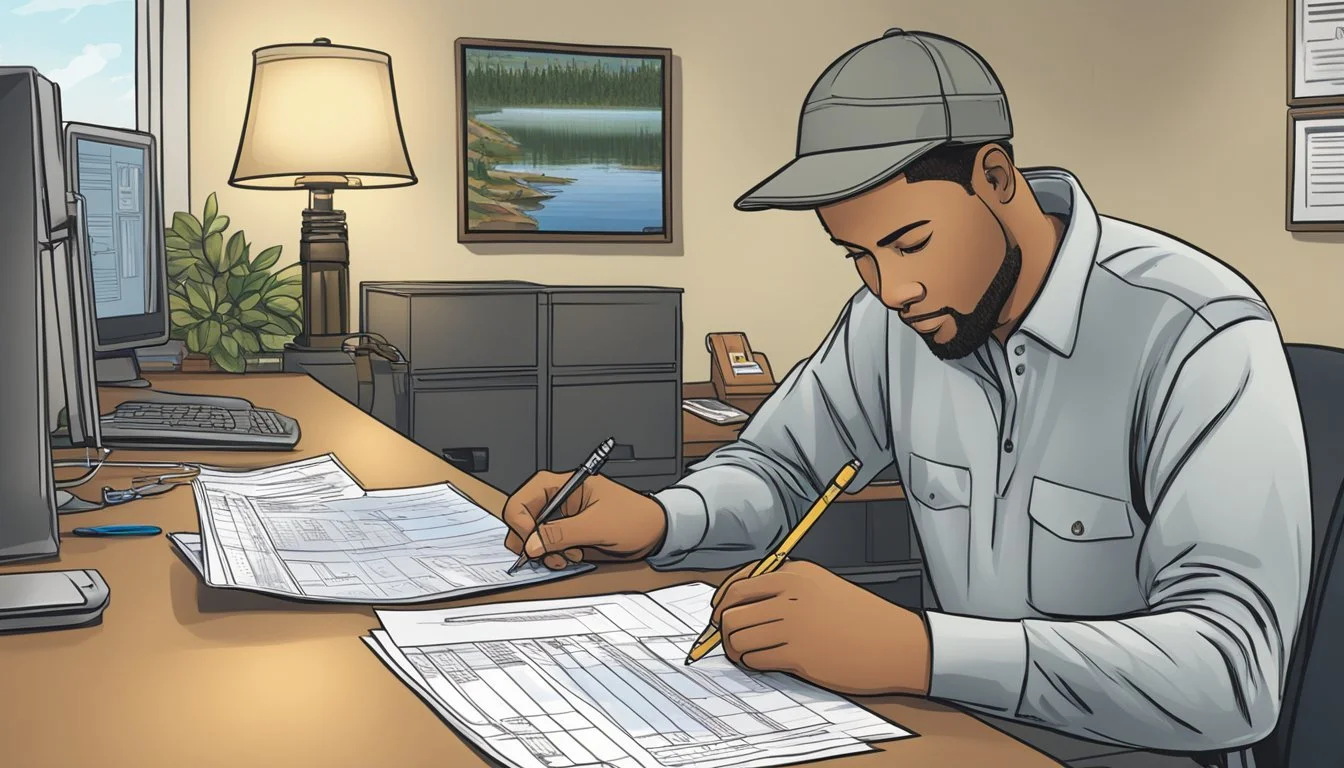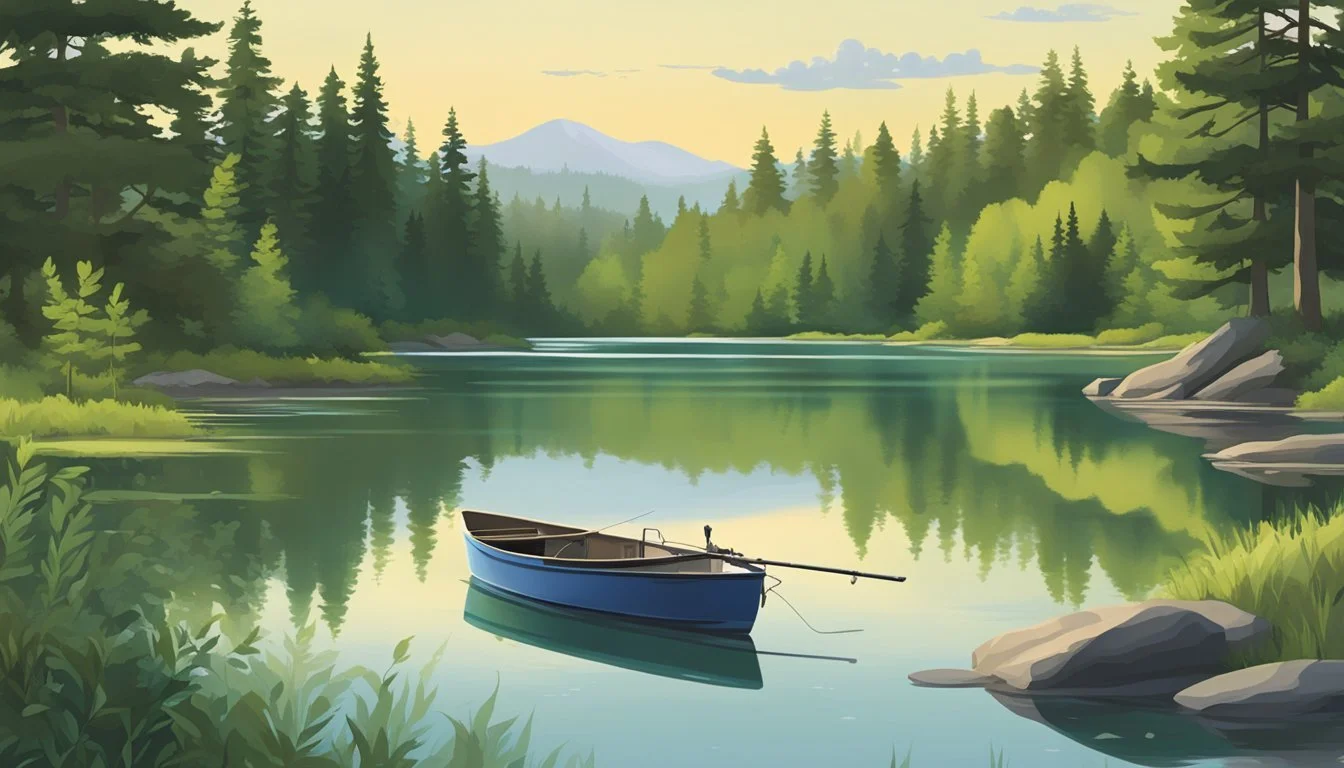How to Get a Minnesota Freshwater Fishing License
A Step-by-Step Guide
Anglers eager to cast a line in the Land of 10,000 Lakes must first secure a Minnesota fishing license. As in most states, this license serves as a necessary permit for residents and visitors alike to engage in the popular pastime of freshwater fishing in Minnesota's extensive network of lakes and rivers. The state offers a range of licenses to suit different fishing needs, ensuring that all anglers, whether they aim to fish (What wine goes well with fish?) for a day or throughout the season, are in compliance with local regulations.
The process to obtain a fishing license in Minnesota is straightforward. Residents aged 16 to 89 are required to have a current fishing license, with several exceptions such as military service members and nursing home residents. Licenses are available for individual anglers, while married couples can opt for a combination license, allowing them to fish (What wine goes well with fish?) together or individually. Special codes like '111' for individual angling, '112' for combination angling, and '216' for individual sports, streamline the purchase process. These licenses can be conveniently acquired online, at various license agents, or at some state park offices.
Offering more than just the opportunity to fish, a Minnesota fishing license is a gateway to experiencing the natural beauty and rich aquatic life the state has to offer. From trout to walleye, and from serene lake shores to the rush of river currents, Minnesota's diverse fishing spots are accessible with a valid license. Thus, obtaining a license is not only a legal requirement but an entry pass to the freshwater fishing adventures that await in Minnesota.
Eligibility and Requirements
Obtaining a Minnesota freshwater fishing license involves understanding specific eligibility criteria and requirements. This section outlines these details, including residency stipulations, age-based prerequisites, and particular exemptions for veterans, military personnel, individuals with disabilities, and other special cases.
Residency Definitions
A Minnesota resident is defined as a person who has lived in Minnesota for a minimum of 60 consecutive days before purchasing a license and intends to make the state their permanent home. Special provisions apply to foreign exchange students and workers on temporary assignments.
Age-Based Requirements
In Minnesota, residents and non-residents aged 16 to 89 must hold a valid fishing license. Children under 16 and seniors over 90 who are Minnesota residents fish without a license. Licenses vary in type and duration and must be visibly carried while fishing.
Special Considerations for Veterans and Military
Veterans and active military personnel may be eligible for reduced fee licenses or exemptions. The Department of Natural Resources (DNR) offers these considerations in recognition of their service. Verification of service might be requested for these special licenses or exemptions.
Disability and Exemptions
Individuals receiving benefits such as Social Security Income (SSI), Social Security Disability Income (SSDI), or worker’s compensation due to a permanent disability may qualify for reduced fee licenses. Nursing or boarding care home residents and individuals under the commissioner of human services care may also be exempt from the requirement to obtain a fishing license.
Types of Licenses Offered
In Minnesota, various freshwater fishing license options cater to different angling preferences and commitments. Each license category serves a specific purpose, from short-term visits to lifetime angling.
Individual Angling Licenses
Individual licenses allow a single person to fish in Minnesota's freshwater bodies. Available varieties include:
Annual License: Valid for the entire fishing season, which runs from March 1 to the last day of February.
24-Hour License & 72-Hour License: Ideal for short-term fishing trips.
Conservation License: Offers a reduced bag limit at a lower cost for conservation-minded anglers.
3-Year License: Offers convenience by covering angling for three consecutive years.
Combination Licenses
Combination licenses are suited for spouses who wish to fish together. These grant fishing privileges to both individuals under a single license:
Annual Combination License: Allows two spouses to fish for the season, with each having equal rights under the license.
Sports and Super Sports Licenses
These licenses are designed for enthusiasts who enjoy both fishing and hunting:
Annual Sports License: Combines fishing with small game hunting privileges.
Annual Super Sports License: An upgraded version that includes fishing, small game, as well as additional hunting opportunities such as waterfowl stamps.
Lifetime Licenses
Lifetime licenses provide long-term access to Minnesota waters, representing a one-time purchase that remains valid for the holder's lifetime. Several options are available, from individual to combination licenses, ensuring a lifetime of angling enjoyment without the need for renewal.
How to Purchase a License
Purchasing a Minnesota freshwater fishing license is a straightforward process that can be completed through various channels; whether online, in-person at licensed agents, or by contacting appropriate authorities via mail or phone.
Online Purchases
An individual can purchase a Minnesota fishing license online at the Minnesota Department of Natural Resources (DNR) website. This convenient option allows anglers to buy licenses anytime and anywhere an internet connection is available. The process requires the customer's personal details and payment method. After purchase, the license can be printed immediately or saved to a mobile device.
Steps for Online Purchase:
Visit the Minnesota DNR website.
Navigate to the licensing section.
Fill in the necessary personal information.
Complete the payment.
Print or download your fishing license.
In-Person at License Agents
For those preferring physical transactions or requiring assistance, licenses can be obtained in-person from a variety of license agents across Minnesota. This includes retail locations such as Walmart, bait and tackle stores, and other licensed retailers. Customers should bring identification and payment to the store, and an agent will facilitate the remainder of the transaction.
Where to Find License Agents:
Walmart stores
Bait and tackle shops
Sporting goods stores
Some state park offices
By Mail or Phone
Buying a license by mail or phone is an option for individuals who may lack internet access or prefer not to visit a physical agent. To order a license through these methods, one must contact the Minnesota DNR with their details and preferred payment method to process the license, which will then be sent through postal mail.
Contact Information:
Phone: Refer to the Minnesota DNR's official contact number.
Mail: Send the required information and payment to the Minnesota DNR's mailing address.
Licensing Costs and Stamps
When planning to fish in Minnesota, anglers must consider the expenses associated with licensing and any additional stamps required for certain species. The costs vary based on residency, age, and the type of license, with additional stamps being mandatory for anglers targeting specific species.
Determining Cost of Licenses
The cost of Minnesota fishing licenses is primarily dependent on whether the purchaser is a resident or non-resident. Residents under the age of 16 do not need a license, but all residents from age 16 to 89 must obtain one. Here are the typical costs associated with different licenses:
Resident Annual: Varies based on precise criteria such as age, military service, etc.
Resident 24-hour: For those seeking a short-term option.
Non-Resident Annual: Typically higher than resident fees.
Non-Resident 72-hour: For visitors planning a brief fishing trip.
Every license may have an additional $1 agent fee during purchase.
Requirement for Stamps
Certain species of fish require an additional stamp purchase, which is a form of authorization on top of the regular fishing license.
Trout Stamp: Mandatory for anglers who fish for or possess trout, with some exemptions for certain types of lifetime license holders.
Walleye Stamp: Voluntary purchase that supports walleye stocking and management.
Stamps like these not only serve as a regulatory measure but can also become collectable items over time, featuring artwork and design changes annually.
Understanding Regulations
When seeking to fish in the freshwater bodies of Minnesota, anglers must adhere to a set of established regulations to ensure sustainability and legality in their fishing activities.
General Fishing Regulations
Minnesota fishing regulations apply from March 1 to the last day of February the following year. Anglers over the age of 16 must possess a valid fishing license; however, there are exemptions for residents under 16 or over 90.
License Validity: The current license period is effective until February 29, 2024.
Proof of Residency: Residents need a driver's license number or public safety identification number to prove residency for license acquisition.
Species-Specific Regulations
Each fish species in Minnesota is subject to specific regulations, which dictate seasons, bag limits, and size requirements. These regulations aim to protect fish populations and ensure fair opportunities for anglers.
Bass: Regulations establish clear catch and release seasons, size limits, and bag limits.
Walleye, Perch, & Crappie: These popular species have specific regulations that change annually, providing detail on when they can be legally caught and retained.
Trout & Salmon: Special regulations often apply to trout and salmon, including mandatory catch and release in certain areas.
Protected Waters and Conservation Practices
Minnesota is dedicated to the conservation of its water resources and aquatic life. Certain waters are protected and may have stringent regulations.
Sturgeon: A limited harvest season or catch-and-release only in designated waters.
Protected Waters: Some areas may be closed to fishing or have special restrictions to protect vulnerable fish populations and habitats.
Anglers are encouraged to check the current Minnesota fishing regulations booklet or the Minnesota Department of Natural Resources (DNR) website for up-to-date and detailed information before heading out to fish.
Special Licenses and Tags
For anglers targeting specific fish species or engaging in unique fishing methods, Minnesota offers special licenses and tags. These are essential for activities such as sturgeon fishing or participating in tournaments.
Sturgeon Tag and Spearing Licenses
Anglers who aim to catch sturgeon must acquire a Sturgeon Tag, enabling them to legally harvest this specific species. Tags must be attached immediately upon the capture of the fish. Additionally, individuals interested in spearing fish through the ice can obtain a spearing license. This license is necessary for those who practice spearing from a dark house, an ice shanty modified to create a darkened environment for viewing fish below the ice.
Shelter and Tournament Licenses
For those who prefer the comfort of a shelter while ice fishing, Shelter Licenses are available. This includes a three-year rental option for angling dark houses, which allows for long-term use and enjoyment. Anglers participating in competitive events must secure a Tournament License, ensuring compliance with state regulations governing fishing competitions. The license process helps manage the impact of tournaments on fish populations and aquatic ecosystems.
Additional Fishing Opportunities
In Minnesota, anglers can enhance their fishing experience through opportunities tailored for family activities and unique seasonal offerings like ice fishing. These provisions not only support the sport but also encourage family participation and expose them to Minnesota's rich fishing traditions.
Family and Youth Fishing
Families in Minnesota can take advantage of the family annual license, which allows members of the same household to enjoy fishing together without the need for individual licenses. This option is budget-friendly and convenient, fostering a shared outdoor experience. For youth ages 16 to 17, the state offers a reduced-price license, encouraging younger enthusiasts to engage in the sport of fishing and learn about aquatic stewardship early in life.
Ice Fishing and Dark House Rental
When lakes freeze over, ice fishing becomes a popular pastime in Minnesota. Anglers can rent a dark house shelter, a structure used for spearfishing through the ice, from various local outfitters. These rentals typically come equipped with necessary amenities, making it a comfortable adventure even in chilly weather. With a valid fishing license, individuals can reserve a spot on the ice and enjoy the serenity and excitement of winter fishing.
License Management and Renewals
Managing a Minnesota fishing license involves timely renewals and handling cases of loss or damage. One must renew their license annually and possess identification when carrying out any license-related activities.
Renewal Process
Minnesota fishing licenses are valid from March 1 through the last day of February the following year. An individual looking to renew their license can do so through the Minnesota Department of Natural Resources (DNR) website or in-person at any authorized Electronic License System (ELS) agent. It is important to have proper identification available during the renewal to verify current license holdings and personal details. For those interested in avoiding annual renewals, Minnesota also offers a lifetime angling license, which requires a one-time purchase.
Lost or Damaged Licenses
If a fishing license is lost or damaged, the license holder is responsible for obtaining a duplicate. Duplicates can be purchased from any ELS agent for a nominal fee, typically around $2.50. Proper identification will need to be presented to process a duplicate license request. Additionally, individuals should be aware of the possession limit, which refers to the number of a particular species of fish they can legally keep at any time. This limit remains in force regardless of whether the individual is carrying the physical license, so understanding and adhering to these limits is critical.
Fishing in Minnesota
Getting acquainted with Minnesota's abundant freshwater fishing locations and understanding the seasonal patterns is crucial for both novice and experienced anglers. The state's vast array of lakes, rivers, and streams is managed by the Minnesota Department of Natural Resources to ensure a sustainable and rewarding fishing experience.
Locations for Freshwater Fishing
Minnesota is proudly known as the "Land of 10,000 Lakes," although, in truth, it boasts nearly 12,000 lakes. Here's an overview of prime fishing locations:
Lakes: Fishing enthusiasts can explore renowned lakes such as Lake Superior, Lake of the Woods, and Mille Lacs Lake, each offering diverse fishing opportunities.
Rivers: The Mississippi River and the St. Croix River are among the larger river systems that provide excellent fishing for various species.
Streams: In Southeastern Minnesota, trout anglers often visit the Root River and Whitewater River for their prolific trout streams.
These water bodies support broad angling activities and are accessible for those holding a valid Minnesota fishing license, which can be obtained through the Minnesota Department of Natural Resources.
Popular Species and Seasonal Considerations
Minnesota waters are home to a wide variety of fish species, with certain times of the year being better for catching specific fish:
Walleye: Regarded as the state fish, the walleye is most actively sought after during the spring and fall.
Northern Pike: Known for their aggressive nature, these fish are commonly targeted in the late spring after ice-out.
Bass: Both largemouth and smallmouth bass seasons peak in the summer months, with June being an optimal time for fishing.
Trout: Southern Minnesota's trout streams are popular in the spring and fall seasons, aligned with the fishing season dates set by the Minnesota Department of Natural Resources.
Anglers should always verify the current fishing regulations for the specific water body they intend to fish, including any seasonal closures or restrictions. The Minnesota DNR provides resources to help anglers stay informed on seasons, regulations, and obtaining the proper fishing license for their needs.

